Housebreaking an adult dog may sound like a challenge, but with the right techniques and a bit of patience, it’s entirely achievable—even easier than you might think. Whether you’re adopting a rescue or retraining an older pup, this guide will help you every step of the way.
Table of Contents
Why Adult Dogs May Not Be Housebroken
Before jumping into the how-to, it’s important to understand why some adult dogs aren’t house trained:
- Rescue or shelter history – they may have lived outdoors or in kennels
- Lack of early training – missed crucial developmental stages
- Medical issues – urinary tract infections or other health problems
- Changes in environment – moving to a new home can confuse even trained dogs
Step-by-Step Guide to Housebreaking an Adult Dog
1. Establish a Routine
Dogs thrive on structure. Start by creating a consistent daily schedule for meals, bathroom breaks, and walks.
- Feed your dog at the same times every day
- Take them outside immediately after eating or drinking
- Use the same spot for potty breaks to help build association
2. Use Positive Reinforcement
Praise and rewards make a huge difference in dog training. When your dog goes outside, celebrate it like a big win!
- Offer treats immediately after success
- Use a happy voice and petting as praise
- Never punish for accidents—redirect calmly instead
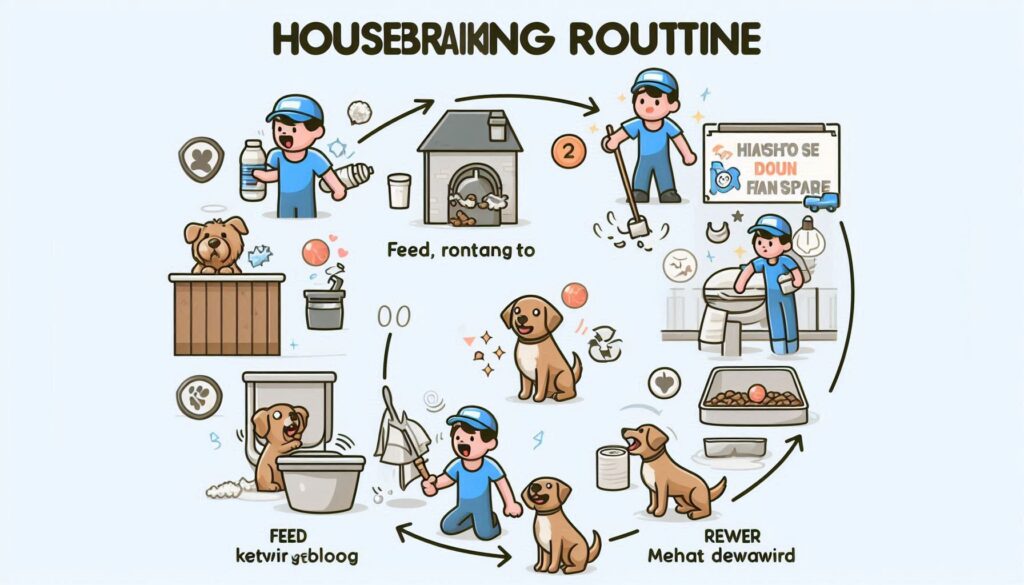
3. Introduce Clicker Training for Dogs
Clicker training is a powerful way to communicate with your dog. It’s a small device that makes a clicking sound when pressed, marking the exact moment your dog does something right.
How to Use a Clicker:
- Step 1: Charge the clicker—click and treat multiple times so your dog learns the sound means a reward is coming
- Step 2: Click the moment your dog begins to potty outside
- Step 3: Follow immediately with a treat
Repeat this consistently, and your dog will quickly associate outdoor potty breaks with good things.
4. Supervise and Limit Freedom Indoors
Until your dog is fully housebroken, limit their access to the entire house.
- Use baby gates or a crate
- Keep them in sight at all times
- If you can’t supervise, confine them to a small area
5. Clean Accidents Thoroughly
Dogs will return to places where they smell urine. Use an enzymatic cleaner to remove all traces of scent.
- Avoid ammonia-based cleaners (they can mimic the smell of urine)
- Clean accidents ASAP
Common Mistakes to Avoid
- Punishing accidents – it creates fear and confusion
- Inconsistency – irregular feeding and potty times can slow progress
- Not going outside enough – take your dog out more frequently than you think you need to
FAQ: Clicker Training and Housebreaking
1. Can clicker training help with housebreaking?
Yes! Clicker training reinforces good behavior by marking the exact moment your dog goes potty outside, making learning faster.
2. How long does it take to housebreak an adult dog?
It varies, but most dogs show improvement in 1–2 weeks with consistent training.
3. What treats work best for training?
Small, soft, and smelly treats work best—think cheese bits or commercial dog training treats.
4. Is it ever too late to housebreak a dog?
No! With patience and the right approach, even senior dogs can learn new habits.
5. What if my dog has accidents at night?
Consider limiting water intake before bed and setting an early morning potty alarm.
Conclusion: Patience + Consistency = Success
Housebreaking an adult dog is not only possible—it can be a rewarding bonding experience. Use clicker training, positive reinforcement, and a consistent routine to guide your dog to success. Remember: patience is your secret weapon.
Key Takeaways:
- Stick to a routine
- Use positive reinforcement
- Try clicker training today!
Ready to get started? Share your housebreaking journey with us in the comments or with fellow dog owners!

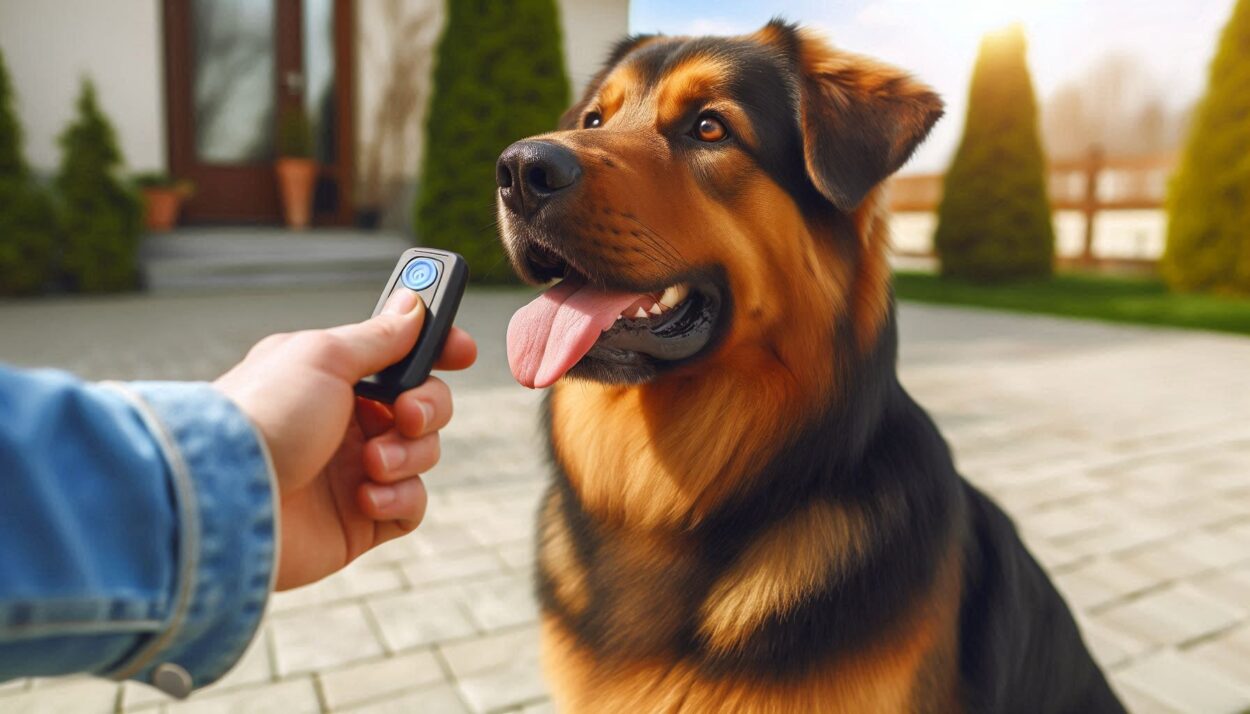

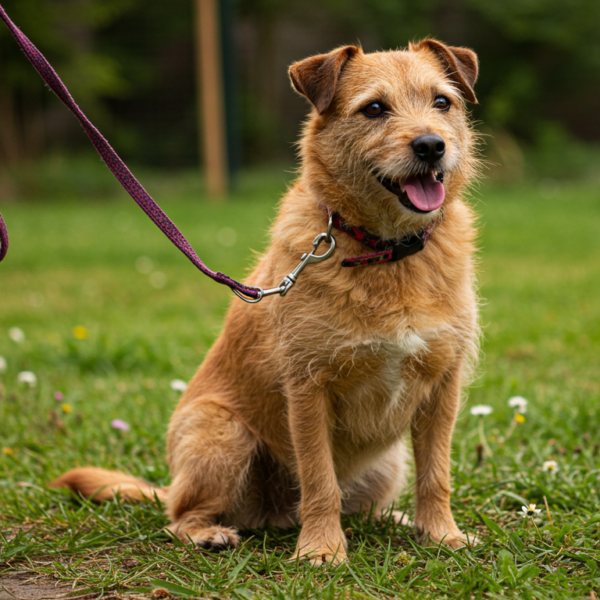


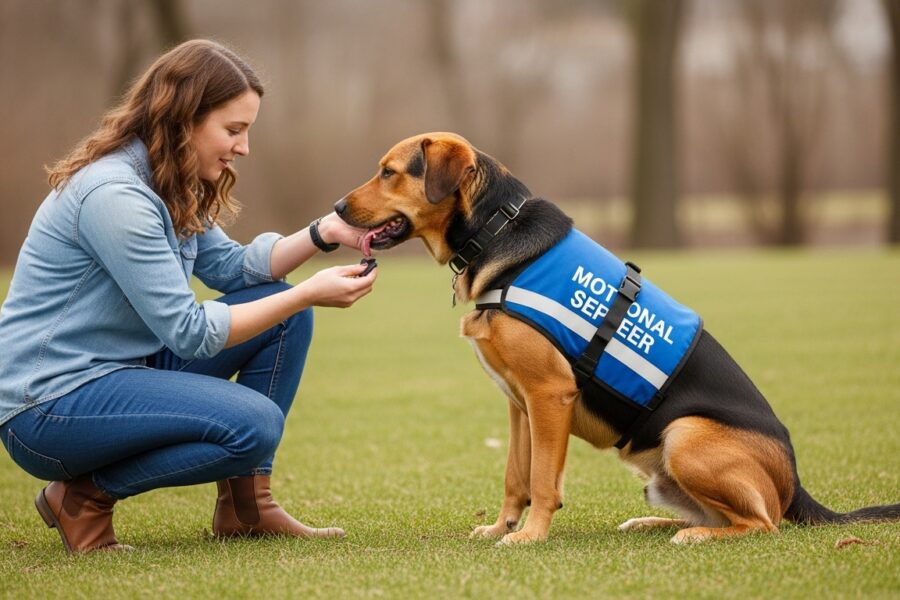
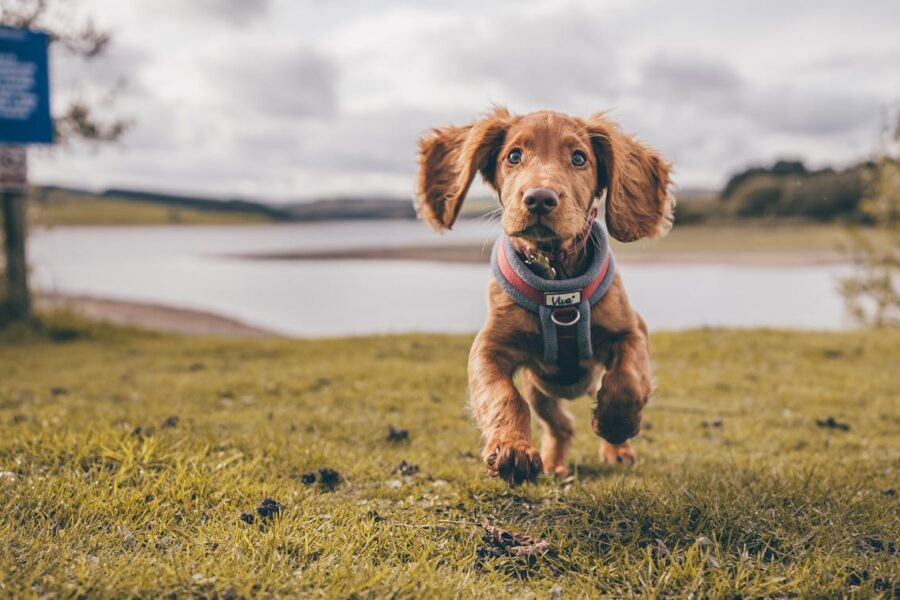
Sign up